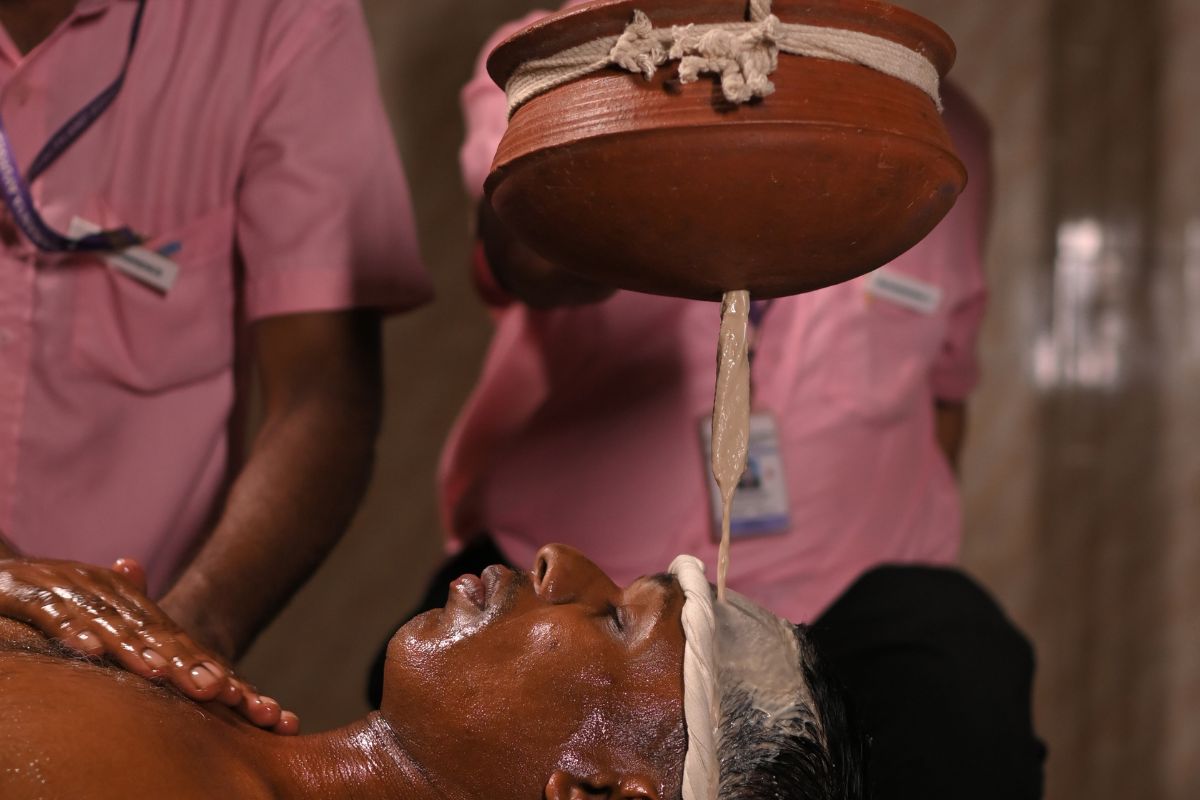Overview
Psoriasis is a chronic immune-mediated inflammatory condition mainly affecting the skin and joints. Its prevalence in India is about 0.44–2.8 percent. Males are being affected by psoriasis two times more common than females. Various sites of the body such as scalp, face, trunk, limbs, palms, and soles involved in psoriasis. Plaque psoriasis (Psoriasis vulgaris), Inverse psoriasis, Guttate psoriasis, Pustular psoriasis, and Erythrodermic psoriasis are a few of the clinical patterns reported in psoriasis cases.
In Ayurveda, skin diseases have collectively been considered under a common term of Kushtha. Ayurveda believes that impurities in the blood associated with emotional factors are the cause of the disease.
Psoriasis is believed to occur due to vitiation of all the three doshas (Vata, Pitta, Kapha) in varying degrees, but predominantly Vata and Kapha according to the Ayurvedic concept.
Symptoms
Psoriasis typically looks like red or pink areas of thickened, raised, and dry skin. It classically affects areas over the elbows, knees, and scalp. Essentially any body area may be involved. It tends to be more common in areas of trauma, repeat rubbing, use, or abrasions.
Psoriasis has many different appearances. It may be small flattened bumps, large thick plaques of raised skin, red patches, and pink mildly dry skin to big flakes of dry skin that flake off.
Sidhmam is characterized with: Svetam, Tamram – White and coppery in color, Tanu, Ghrustamvimunchati – Thin, and when rubbed, it emits small particles of the skin in the form of dust, Alabupushpavarnam – It resembles the flower of alabu (Lagenariasiceraia). It is caused due to Vata and Kapha Dosha increase.
Types
There are various types of psoriasis that have different characteristics. According to the International Psoriasis Council (IPC), there are 5 forms in total.
- Chronic psoriasis plaque
- Psoriasis Guttate
- Psoriasis Pustular
- Psoriasis Erythrodermic
- Psoriasis Nail.Ekakusta, kitibha and Sidma are some of the types of Kshudra and Maha Kustas (skin diseases) narrated in Ayurveda that closely resemble the classical symptoms of Psoriasis.
Causes
From an Ayurvedic perspective, Psoriasis is caused due to the vitiation of vata and kapha doshas. Accumulation of toxins or ama, could also lead to this disease condition. Excessive intake of yogurt, seafood, salty foods, black gram and sour food can cause an aggravation in the disease condition. Psoriasis may also develop due to excess stress.
As per conventional system of medicine the causes are:
- Genetic factors play an important role in its aetiology (7-36%). One parent has psoriasis chances are 7% and if both chances are 41%.
- T lymphocyte mediated T helper cell (Th-1) type of immune response is responsible for psoriasis.
- Local and systemic trauma (Koebner phenomenon), seasons (worsens in winter), emotional stress, upper respiratory tract infections, drugs like beta blockers, lithium, chloroquine, withdrawal of systemic steroids triggers the disease.
Diagnosis & Treatment
Diagnosis of psoriasis is usually based on the appearance of the skin. There are no special blood tests or diagnostic procedures for psoriasis. Sometimes a skin biopsy, or scraping, may be needed to rule out other disorders and to confirm the diagnosis.
Our treatment primarily focuses on blood purification and balancing the vitiated Doshas. Management of Psoriasis comprises of:
- Shodhana chikitsa (Detoxification) done through Panchakarma therapies like Vamana, Virechana, Rakta mokshna etc & an exclusive therapy called Thakra dhara (medicated buttermilk is poured as a thin stream in a specific manner).
- Shamana chikitsa through administration of internal medication and external applications
- Very strict Diet regime
- Lifestyle changes
- Stress management.


